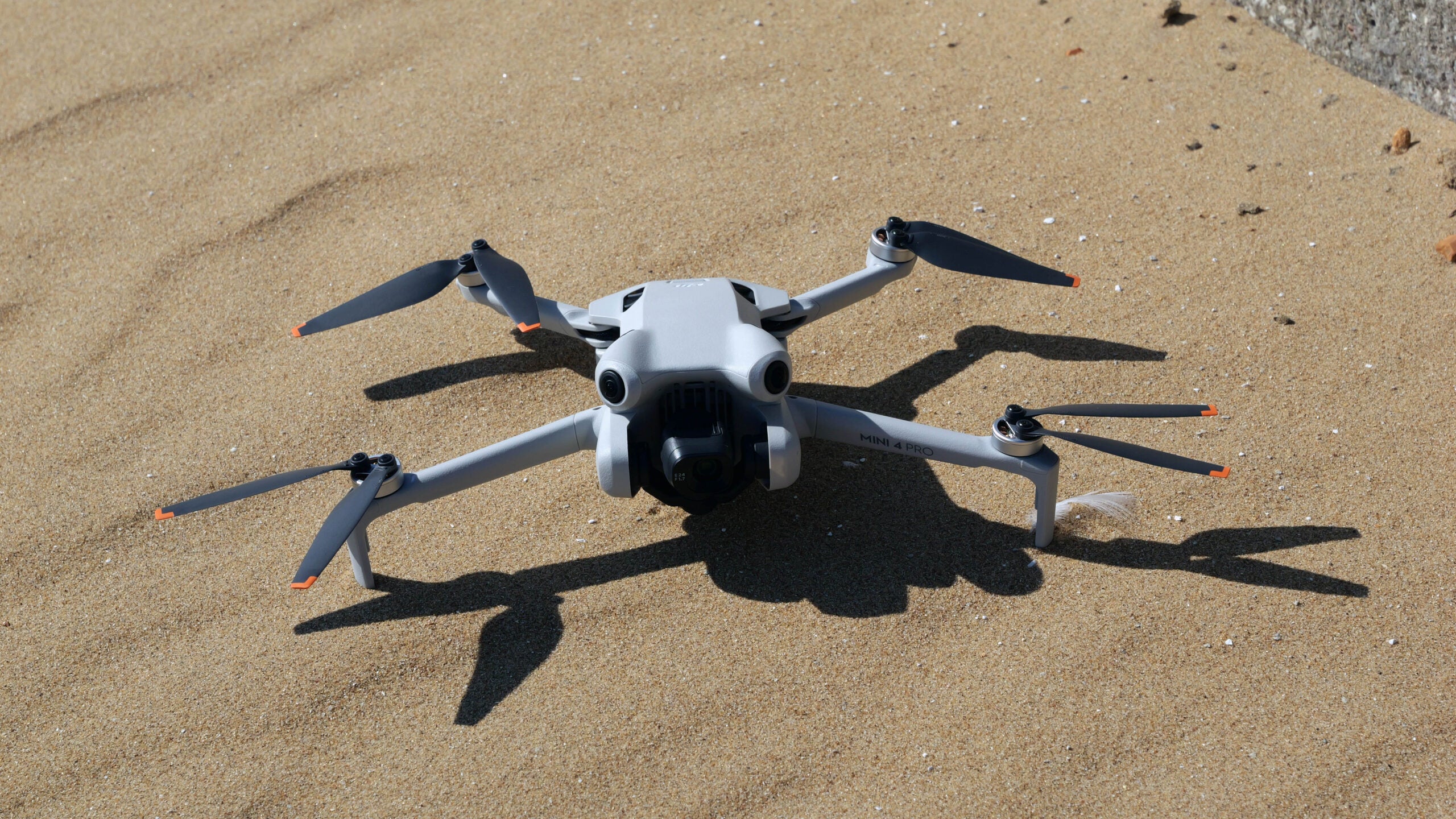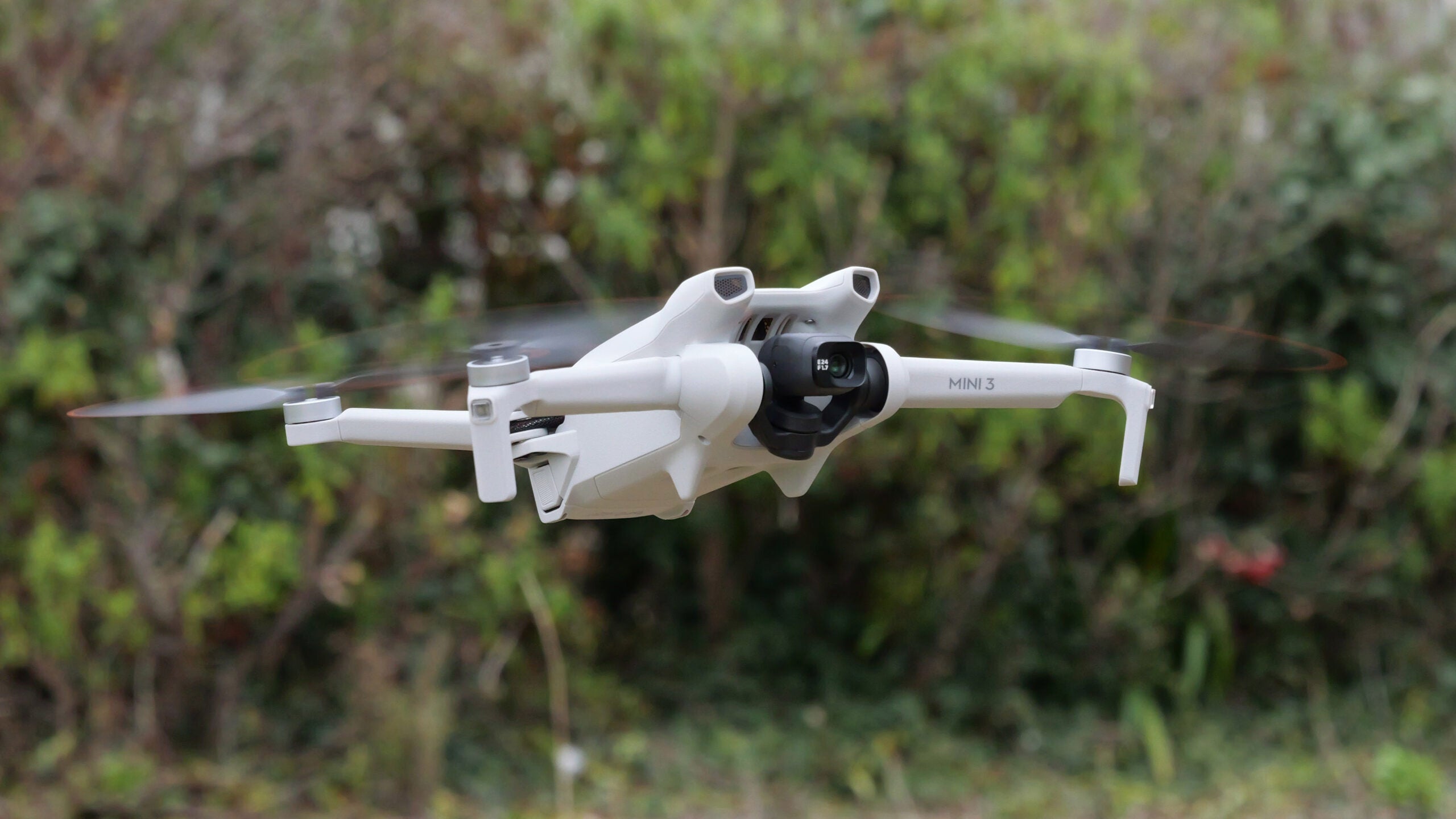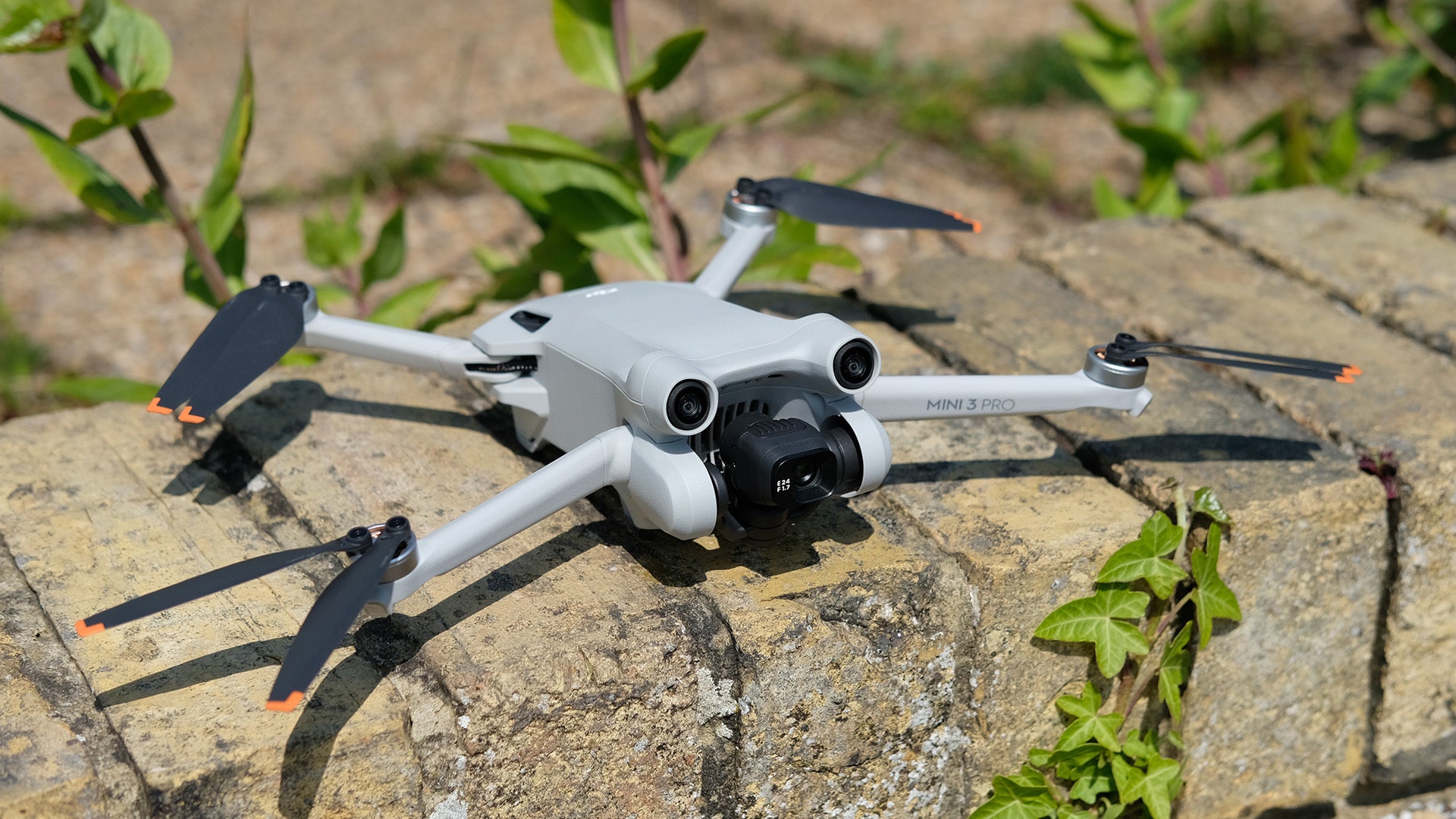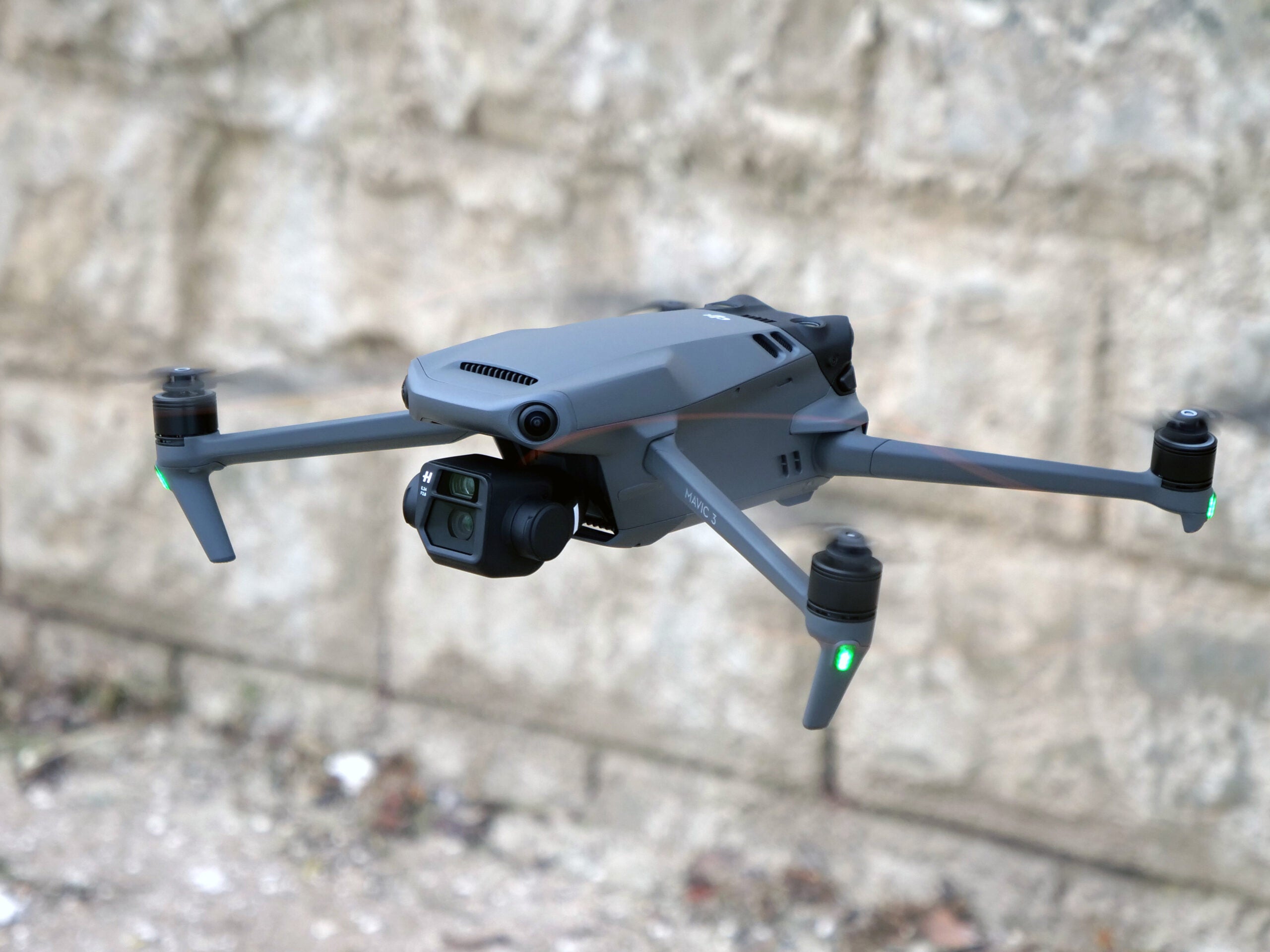DJI Air 3 Review
A fantastic consumer drone at an accessible price

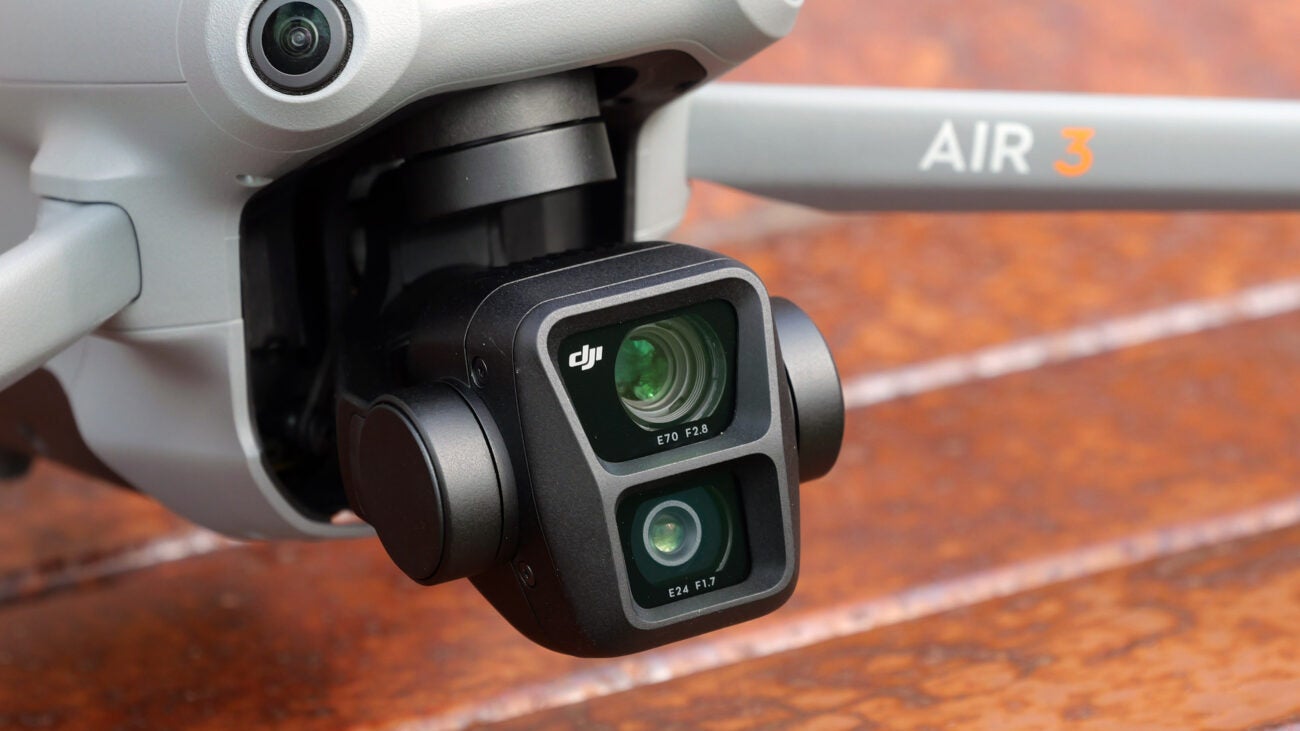
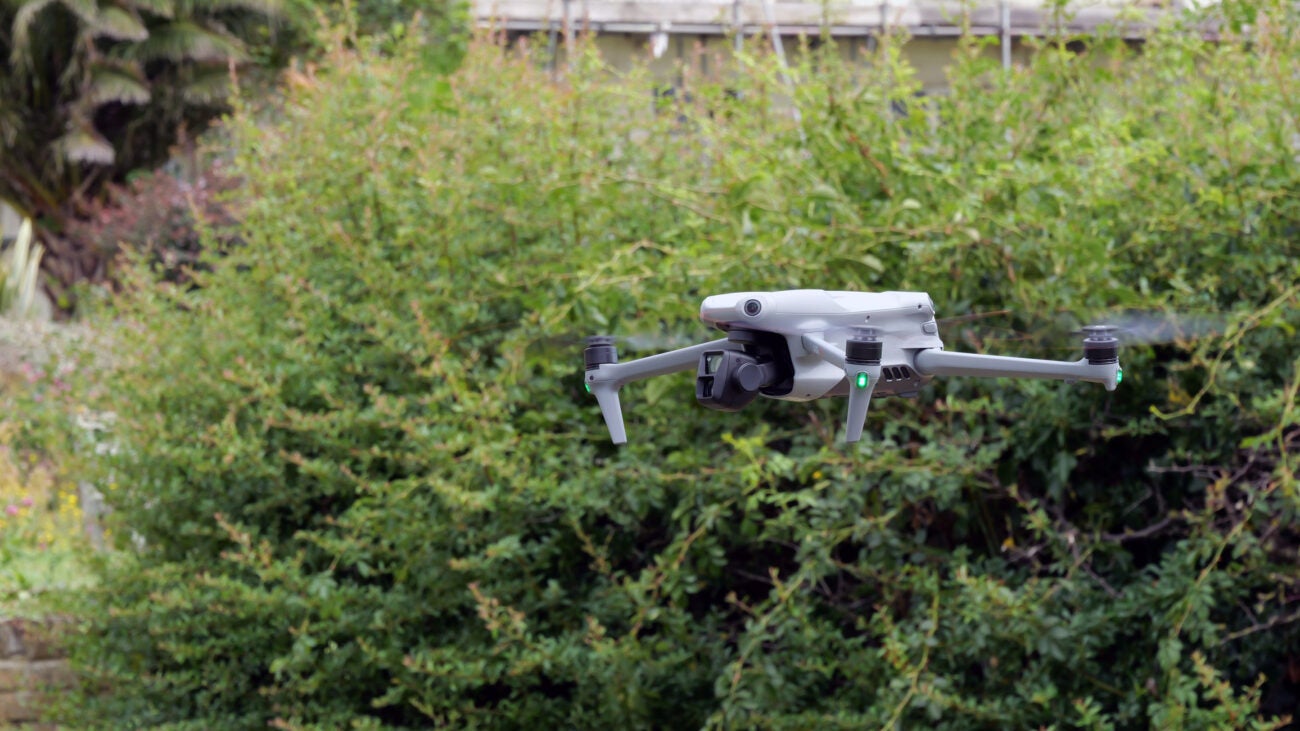




Verdict
A sizeable improvement on the already impressive Air 2S, the DJI Air 3 has marathon battery life and omnidirectional obstacle sensors, which take almost all the stress out of flying. That said, its most transformative new feature by far is the double camera: its 70mm equivalent telephoto lens adds a wonderfully cinematic perspective to users’ aerial imaging arsenal, while 10-bit D-Log M offers huge scope for impactful post-production colour grading. All things considered, it’s a fantastic mid-range drone with excellent image quality.
Pros
- Superb image quality from a versatile double camera
- Long battery life
- User-friendly flight controls and safety features
- Smaller and cheaper than a Mavic Classic
Cons
- Significantly larger and heavier than the Air 2S
- Weight class limits where it can be flown in the UK
Key Features
- Double cameraGreater imaging flexibility with wide angle and telephoto 48-megapixel cameras
- Long battery life4241mAh battery offers up to 46 minutes of flight time on a full charge
- Omnidirectional object detectionSuite of vision sensors helps to avoid collisions in all directions
Introduction
Wedged between the tiny Mini and premium Mavic ranges sits DJI’s Air series. These mid-range folding camera drones aren’t aimed at beginners or professionals, but somewhere in between: the enthusiasts who want great aerial image quality, but not at great expense.
The DJI Air 3 is the first new Air model since 2021’s Air 2S (a highly impressive drone that I awarded a full five-star rating at the time). DJI hasn’t rested on its laurels when it comes to this model, upping the ante with a dual camera setup and a raft of new features and quality-of-life upgrades.
That said, the DJI Air 3 is larger and heavier than the Air 2S, and its camera sensors are slightly smaller than the Air 2S’s 1-inch CMOS – so with that in mind, are you better off sticking with the older model, or even dropping down to the tiny DJI Mini 3 Pro? Here are my thoughts.
Design
- 720g take-off weight with corresponding restrictions
- 207 x 100.5 x 91.1mm folded size
- Supplied with new RC-N2 touchscreen controller
If you’ve seen a DJI folding drone before, you’ll find the Air 3’s design familiar: a rectangular body with four fold-out propeller arms, a removeable battery pack at the back and a gimbal-mounted camera unit at the front.
It’s constructed of hard grey plastic and feels reassuringly resilient, but like most drones isn’t designed to be flown in bad weather conditions – or into hard objects (more on how it avoids doing that later). An included plastic cover can be used to protect the delicate camera and gimbal when the drone isn’t in use.
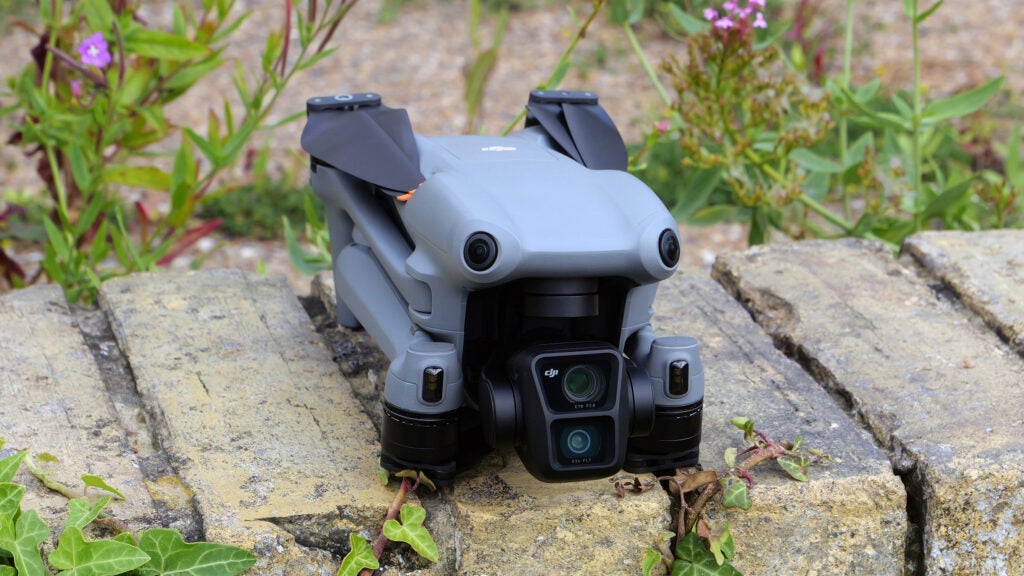
There’s little in the way of connectivity apart from a single rubber flap that opens to reveal a microSD card slot and USB-C port.
When folded down, the Air 3 measures 207 x 100.5 x 91.1mm and weighs 720g, which makes it a bit heftier than the Air 2S (180 x 97 x 77mm, 595g), significantly heftier than the Mini 3 Pro (145 x 90 x 62mm, 249g) and almost as hefty as the Mavic 3 Classic (221 x 96.3 x 90.3, 895g).
If you’re looking for a drone that you can haul around in your backpack all day without knowing it’s even in there, the Air 3 isn’t the one to pick (hint: the one to pick would be the Mini), but it’s still fairly trim and tidy overall.
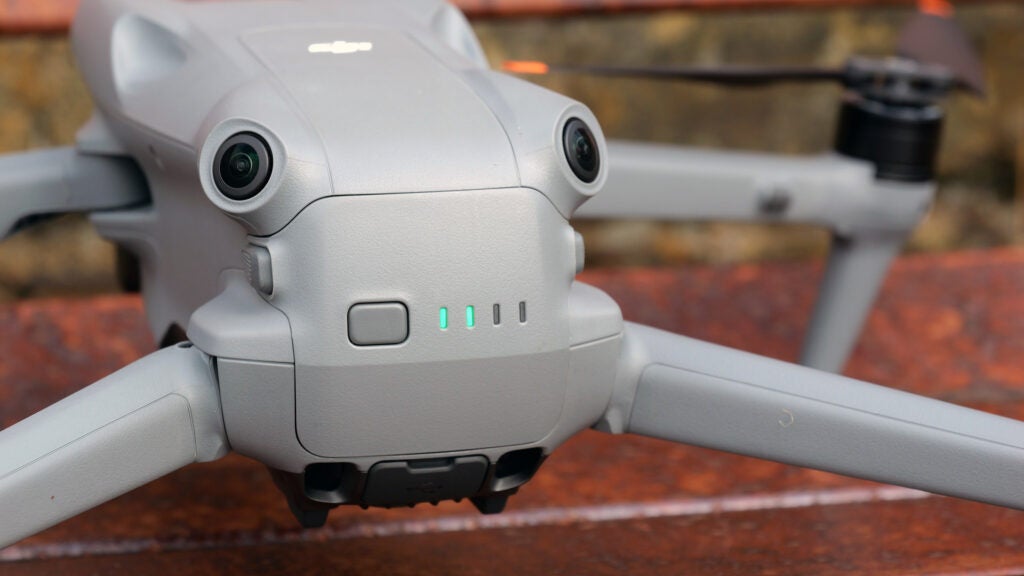
If you purchase the Fly More Combo, it even comes with a nicely appointed, well-made carrying bag that can snugly hold the drone, its RC-N2 controller, up to three spare batteries and the charging hub, and various extras like cables, spare propellers and ND filters.
The RC-N2 controller flaunts a new design too, although is very similar to DJI’s previous version. It weighs 375g and features a large touchscreen, twin stick controls and shortcut buttons for various camera functions. It’s solidly constructed, comfortable to hold and its battery offers about six hours of use on a full charge.
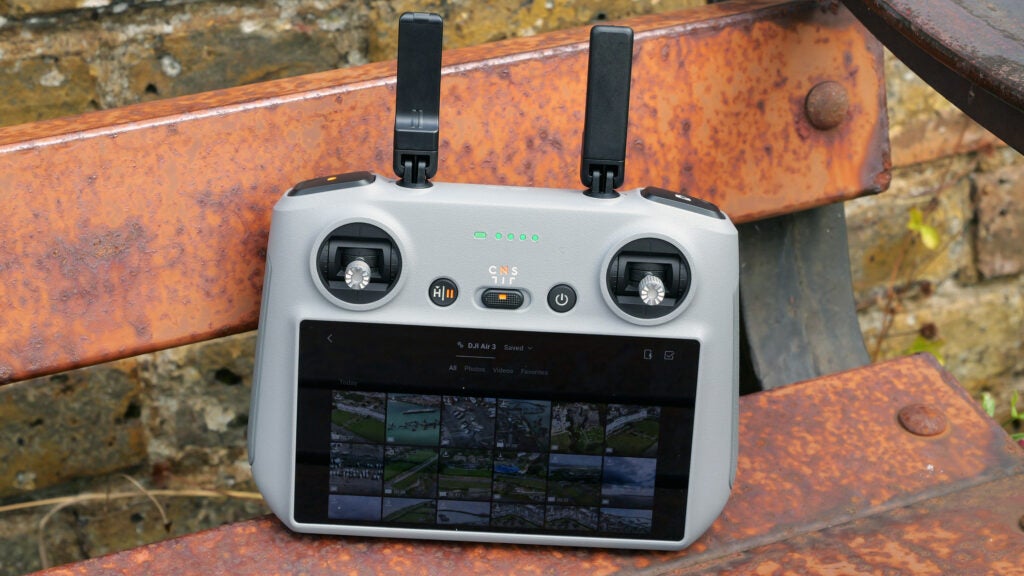
Returning to the weight front for a moment, potential UK buyers should note that as the Air 3 is above 250g it must be flown no closer than 50m to uninvolved people, never over a crowd of people and at least 150m from ‘residential, recreational, commercial and industrial sites’. So despite the Air 3’s raft of safety features, flight stability and long battery life, there are actually few places you can fly it without breaking the law.
In the EU, however, it’s categorised as a C1 drone, which puts it in a similar position to a sub-250g drone like the DJI Mini 3 Pro – and means you can fly it almost anywhere.
Performance
- Up to 46 minutes of battery life
- Omnidirectional obstacle avoidance
- FocusTrack autopilot mode
The DJI Air 3 has a much larger battery than the Air 2S, and as a result offers a flight time of up to 46 minutes on a full charge – a major improvement on the Air 2S’s 31 minutes, and the same as the Mavic 3 Classic’s flight time. In real-world use, you’ll get less than 46 minutes, but I can attest that it still feels like a very generous amount of time, and if you have one or two spare batteries you can spend what feels like hours in the air.
As with all DJI drones, it’s very easy to set up and fly: you just turn on the drone and the controller, everything links up within a few seconds and (after downloading any firmware updates and linking up with GPS satellites) it’s basically ready to go. Just tap the take-off button on the touchscreen and it’ll spin up and elevate to a few metres, allowing you to take over with the simple twin stick controls.
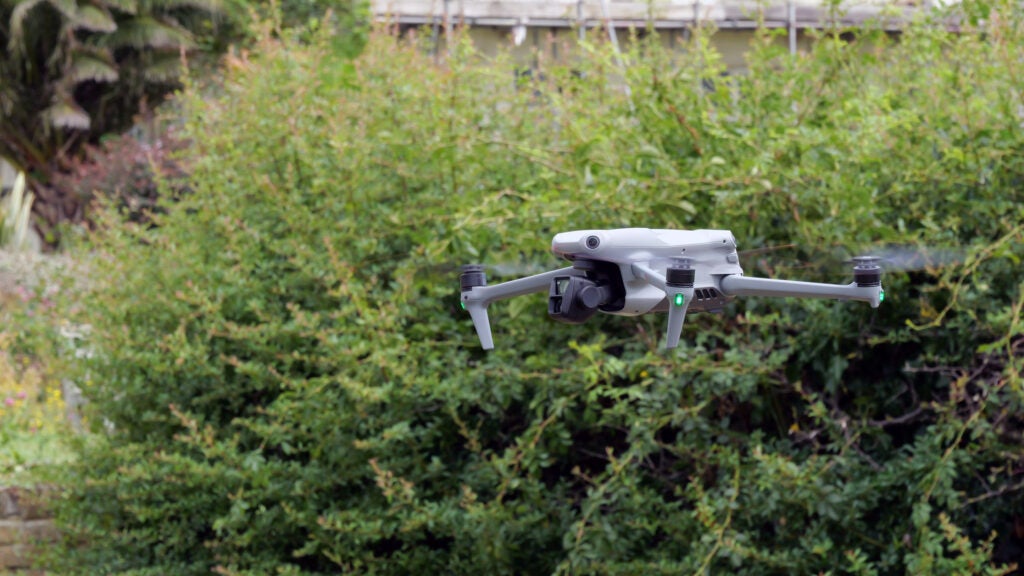
Anyone familiar with a DJI (or similar) quadcopter will have zero issues piloting the Air 3, and even newbies will pick things up quickly. It’s slightly faster than the Air 2S when it comes to ascent and descent, and with the extra directional sensors now covering all angles, it can be flown around in Normal or Cinematic mode safe in the knowledge that it’s extremely unlikely to crash. Fly it in its fastest, most responsive Sport mode, however, and all obstacle avoidance is turned off, so do be careful there.
Noise levels are about average at 81dB, and you will definitely know the drone is there when it’s close by and moving. Fly it up to 100m or so, though, and keep movement to a minimum and it’s far less noticeable.
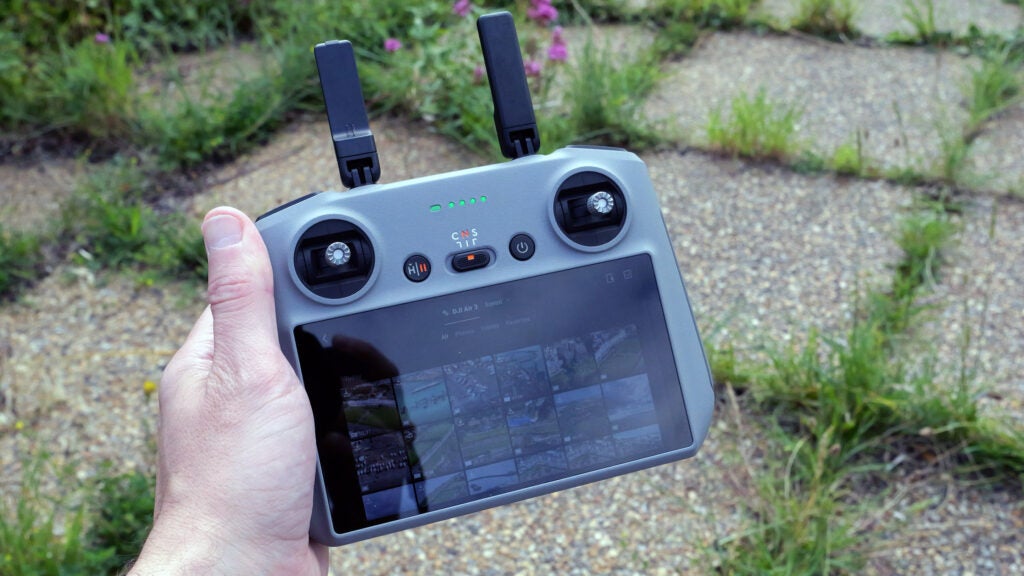
The controller’s UI is simple, well laid-out and intuitive, and features several options for tweaking camera and flight performance, should you wish. The flight app also features a number of modes for automated flight, including FocusTrack, which lets you select a subject and have the Air 3 fly while keeping its camera locked onto it; it’s impressively tenacious when it comes to sticking to the subject, and will even avoid obstacles while auto-flying.
Camera
- 24mm and 70mm cameras
- 4K at up to 100fps video and 12/48-megapixel photos
- HLG and D-Log M picture profiles
The main draw of the DJI Air 3 for most will be its camera. Or rather, its cameras. While DJI’s premium Mavic line has had multi-cam models in the past, this is the first model in the Air range to come with a dual-camera setup – and it’s a huge success in my opinion.
The first camera offers a wide-angle view equivalent to 24mm in standard 35mm camera terms. This is a commonly used field of view for drone cameras, and feels familiar. It’s ideal for all-encompassing establishing shots or top-down videos.
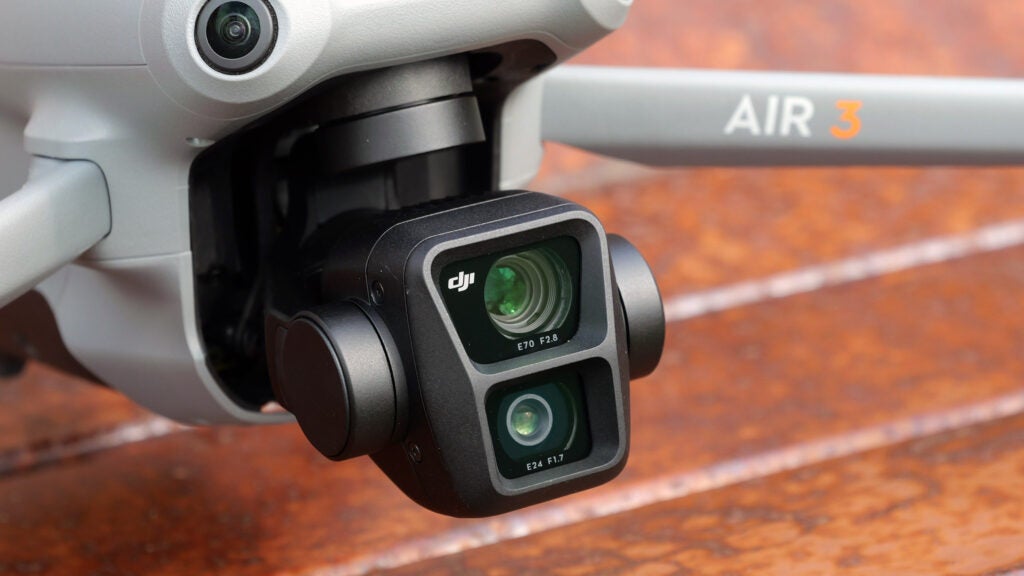
The second camera offers a different medium telephoto field of view, equivalent to 70mm on a standard camera. This offers a tighter, more compressed viewpoint that’s great for isolating subjects and bringing the background closer to them, akin to a classic helicopter shot from a movie. It’s also good for getting in closer on a subject without disturbing them with drone noise, which could work very well when shooting weddings, sport or wildlife.
Both cameras use a 1/1.3-inch CMOS sensor with 48-megapixel resolution. The resolution is something of a contentious issue, as it’s a Quad Bayer setup that really feels more like a 12-megapixel resolution than a ‘true’ 48-megapixel one when it comes to detail; each pixel on the sensor is split into four subpixels. It doesn’t really matter much for video, but for stills you may want to use the 12-megapixel option when shooting in lower light conditions (here the pixels are set up to capture more light in a shorter timespan) and 48 megapixels when shooting in bright sunlight.
The sensors are slightly smaller than the 1-inch 20-megapixel sensor on the Air 2S’s camera and can’t capture 5.4K video; they’re ‘limited’ to 4K at up to 100fps. However, any fears about their quality vanish as soon as you view the images and videos they produce. Detail and colour science are strong points, and unlike the Air 2S you can record video in HLG or D-Log M colour profiles in addition to the regular profile. These are ideal for users who want to wring every last bit of dynamic range out of videos in post-production.
There’s also a Night mode, which reduces frame rate to a maximum of 30fps but increases sensitivity for improved low-light performance, and a Slow Motion mode which can shoot 4K at 100fps or 1080p at 200fps for smooth playback.
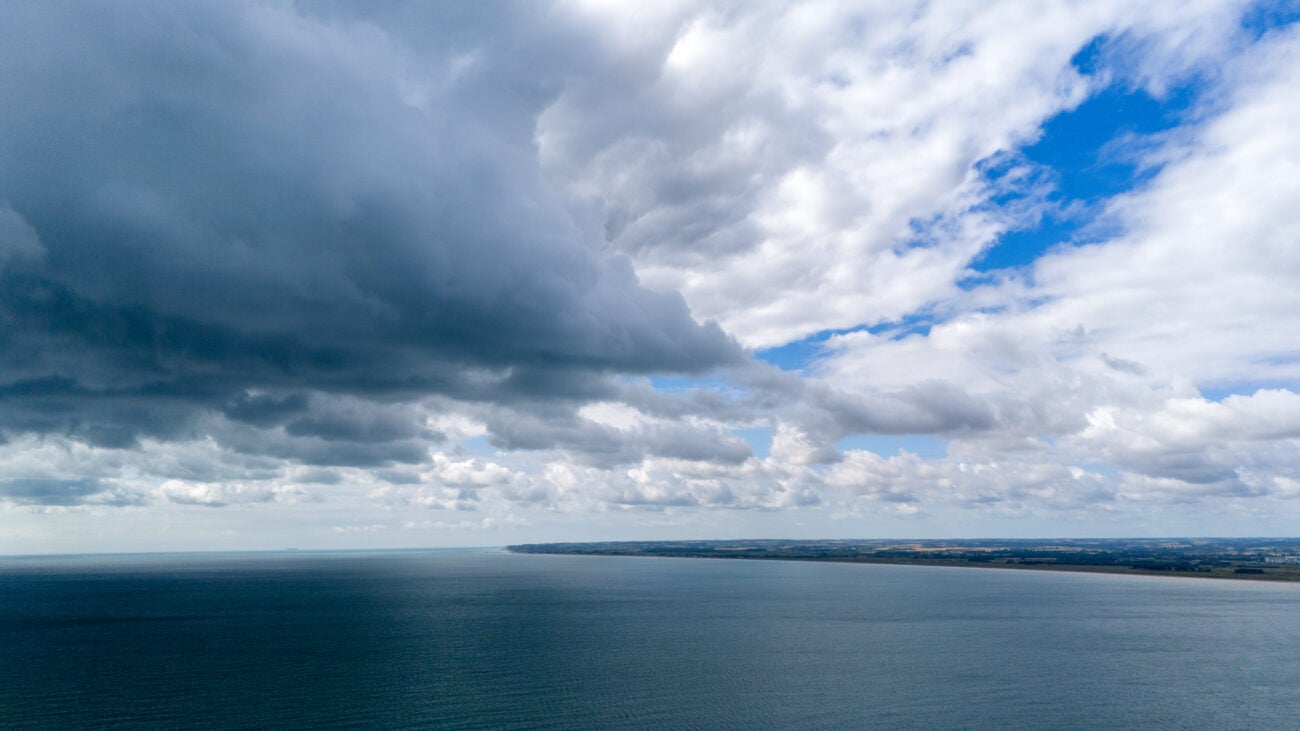
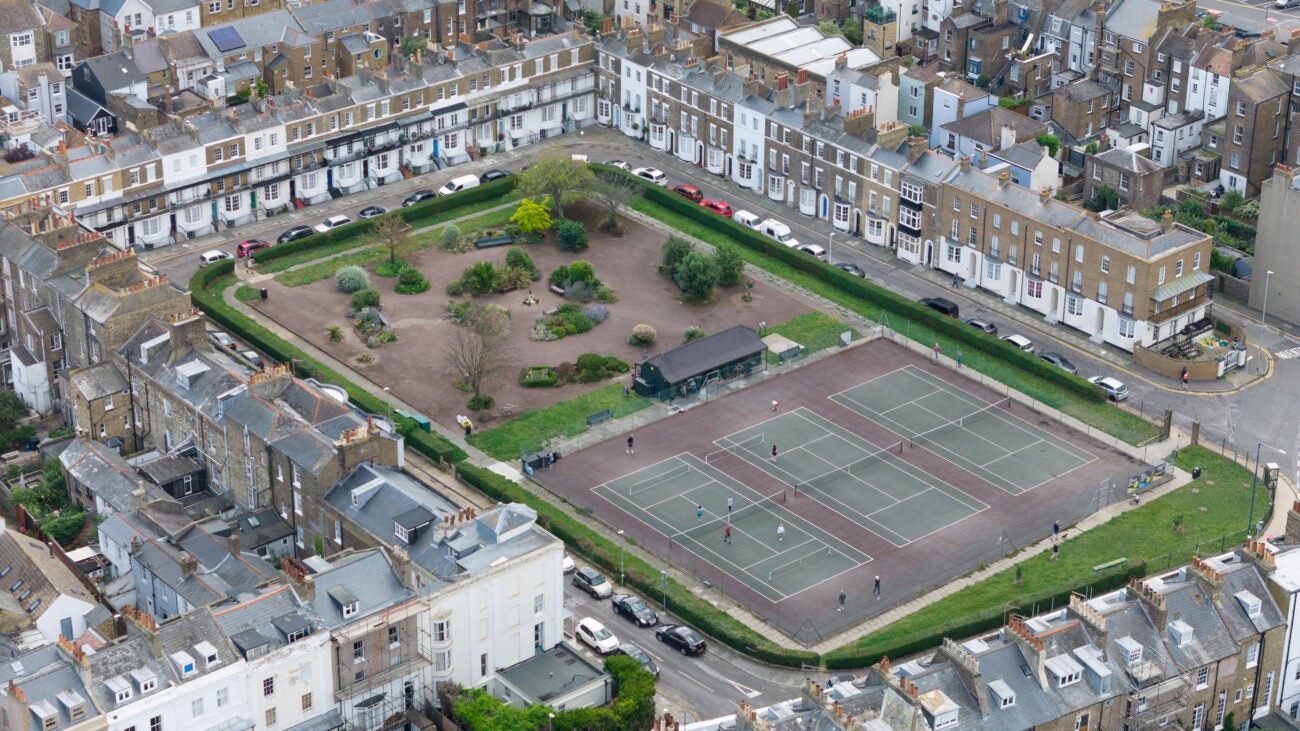
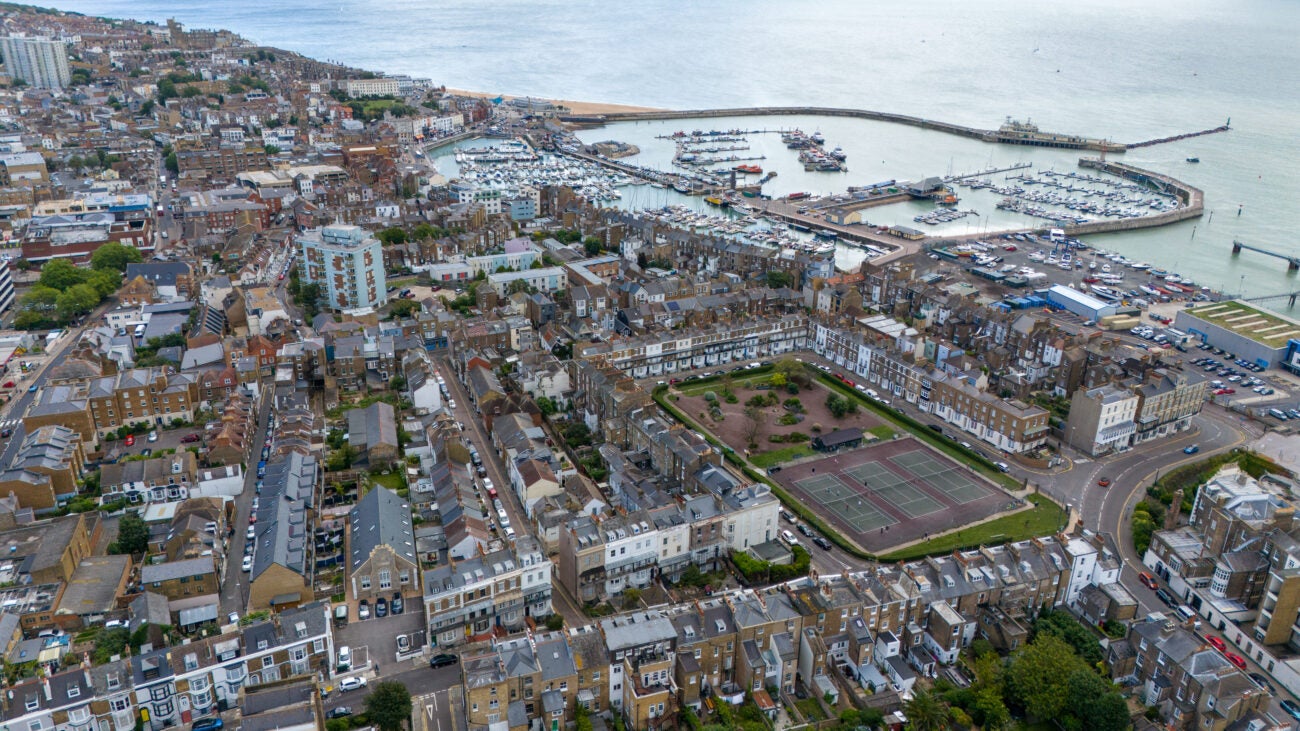
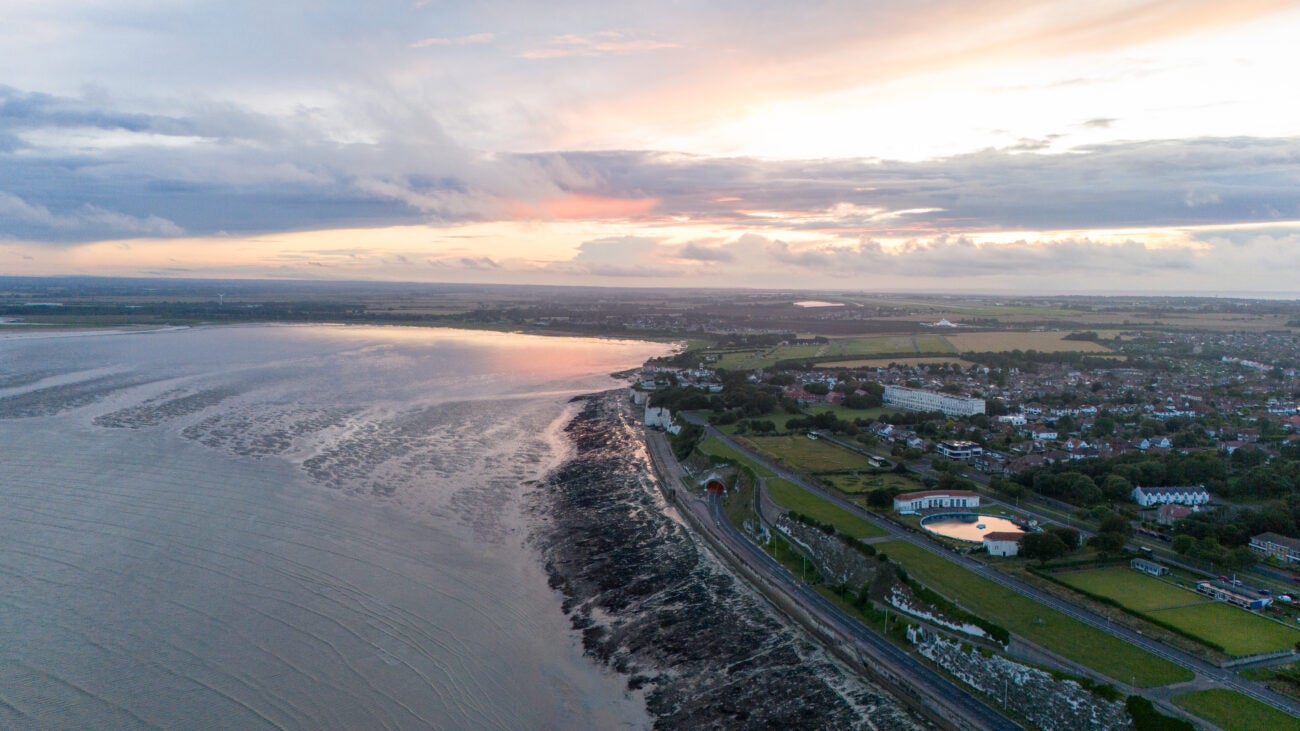
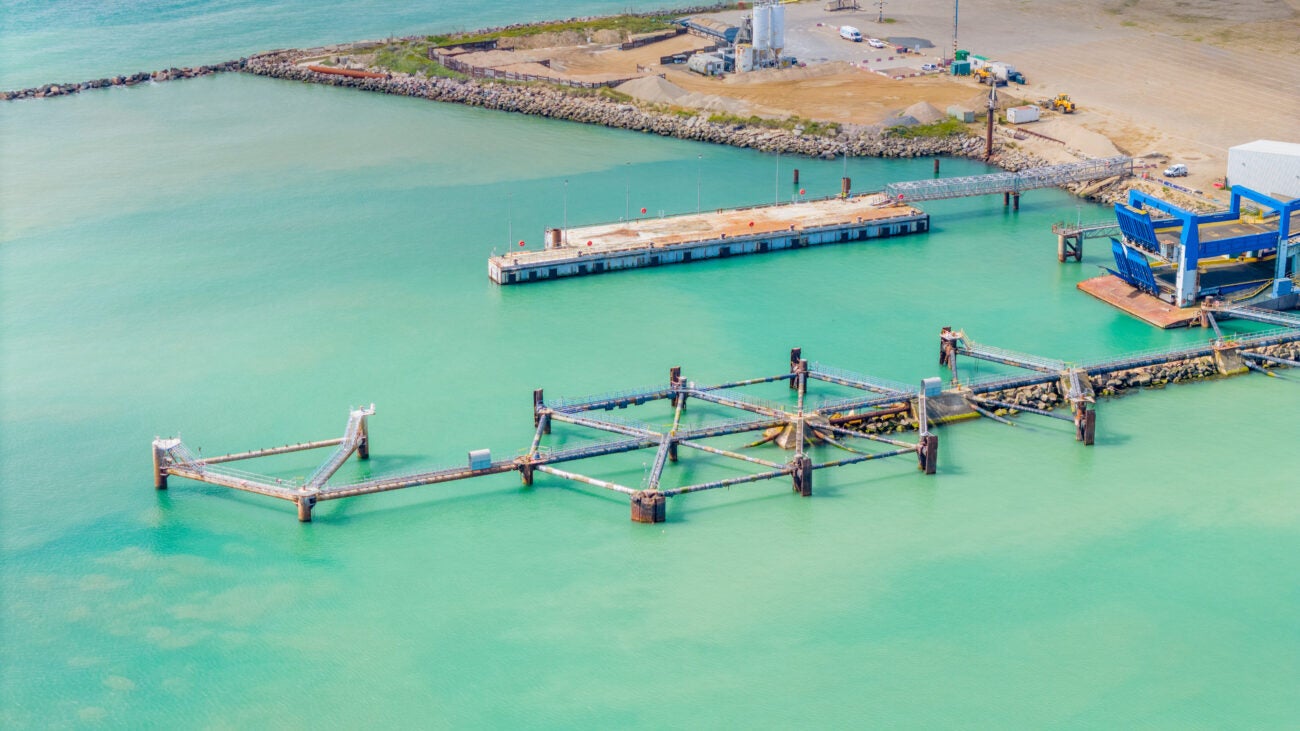

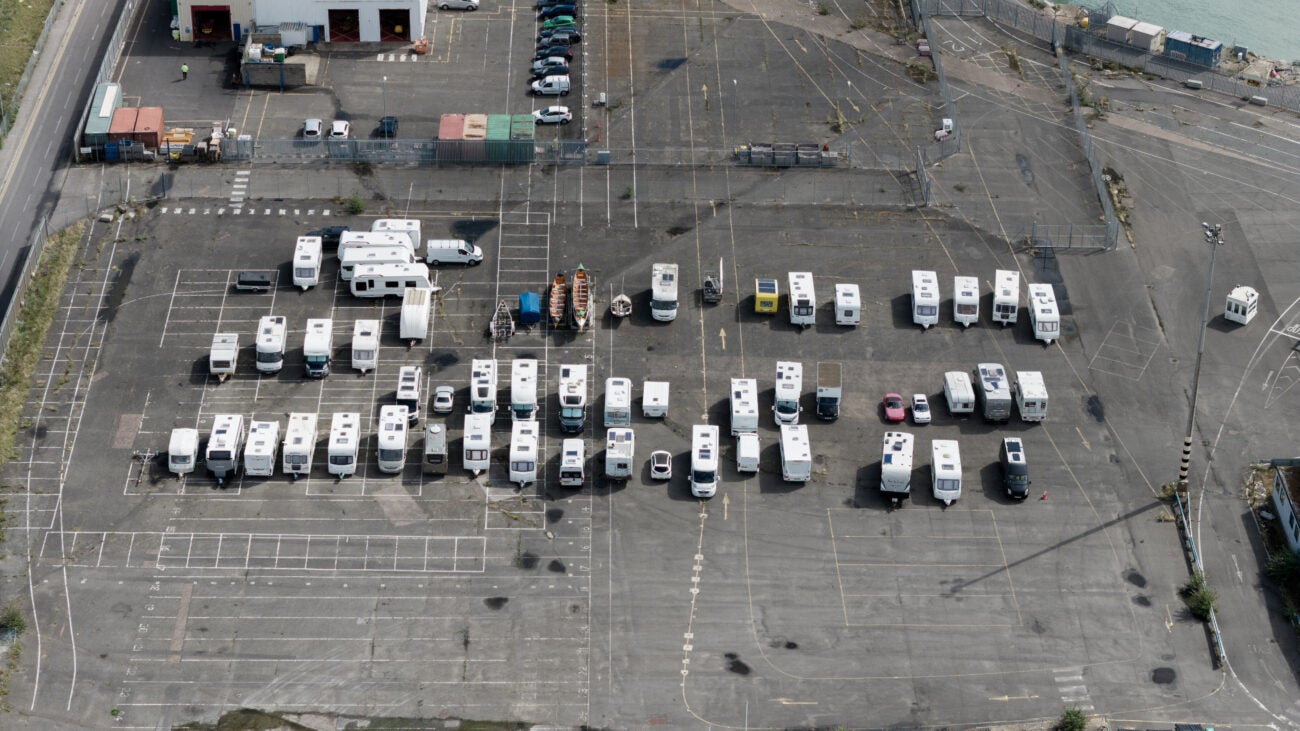
Photos can be shot in DNG RAW too, which is how I shot all the sample images posted here (before processing them in Lightroom), but even the standard JPEGs look rich in detail and colour.
The Air 3’s image quality and imaging flexibility surpasses all previous DJI mid-range and entry-level models, and you have to go to the larger, pricier Mavic 3 range to find anything that beats it. I was very pleased with all my results straight out of the camera(s) here, and the addition of D-Log M means I was also able to colour grade footage when I wanted.
Image and video files are stored either on a microSD card and/or on the 8GB of built-in space.
Latest deals
Should you buy it?
You want amazing and affordable image quality: Cheaper than a DJI Mavic 3 but highly capable in terms of battery life and camera capabilities, the Air 3’s dual-camera setup is a great choice for quality-conscious pilots.
You need a fuss-free drone: The DJI Mini 3 Pro’s sub-250g makes it subject to fewer flight restrictions in the UK, so if you want a tiny but highly capable drone you can fly almost anywhere, it’s still our top choice.
Final Thoughts
The DJI Air 3 is a fantastic consumer drone at an accessible price. Not only is it a joy to live with thanks to its long battery life, myriad safety features, user-friendly UI and excellent controller, it also produces superb photos and videos with its versatile double camera.
Its size means the Mini 3 Pro still has a very important place for enthusiasts, while the Mavic 3 range’s extra imaging quality keeps it relevant too, but this wonderful drone fits right in the middle of the pack, settling comfortably into its own niche. Check out our Best Drone guide for even more options.
How we test
We thoroughly test camera drones with hours of flight time, as well as capturing sample photos and videos. We’ll always tell you what we find and we never, ever accept money to review a product.
Test footage and sample shots taken
Battery fully tested
Flight safety features fully tested
Automated flight modes tested
FAQs
The DJI Air 3 has a zoom functinality for video mode, but it’s not supported for photopraphy.
Yes, the DJI Air 3 supports Omnidirectional object detection.


